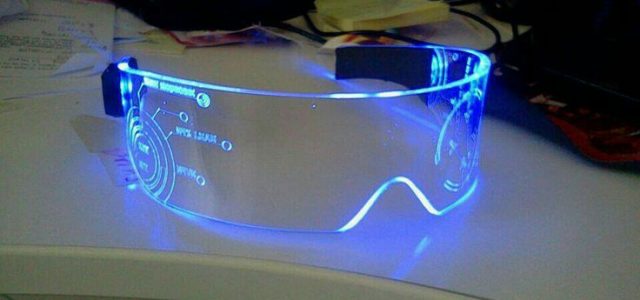
We’re calling it now, 2017 will be the year of the heads-up display (HUD). Google Glass may not have revolutionized our lives the way they wanted, but that has not stopped a small revolution of consumer-friendly HUDs.

(Source: gizmodo.com)
At present, what we have are some clunky devices, but what these new companies are doing that Google did not is make the options affordable.
The next step to this generation is follow-up versions, built on the spines of successful first generation campaigns.
Chances are good, if you don’t already know someone who owns a HUD, you will by the end of 2017. What’s even more inteteresting, is when we get to the point where you don’t know because the technology is so subtle.
We wonder what the larger impacts of this technology may present. First, a quick rundown on what HUD is or can be.
HUD
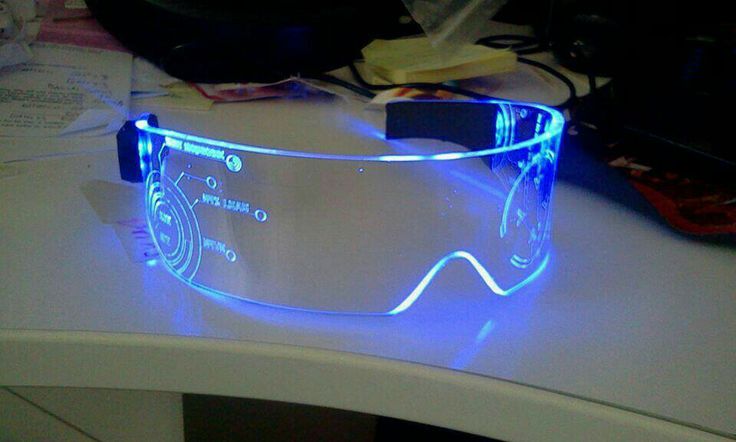
(Source: pinterest.com)
The versions of HUDs vary as much as today’s designs. Boiled down, a HUD places an overlay in your view, where a processor can display pertinent information. What that information is, depends on the design.
We have no standard at this point, so it will come down to what sells. In science fiction movies HUD’s operate like AI assistants, dropping in front of you exactly what information you need when you need it.
For now, we’ll have to suffer whatever operation system is at our disposal. That means a ton of Android HUDs, but it won’t last.
Apple is working on something too, as early as next year. Everyone is. It’s only a matter of time… but these companies are not waiting.
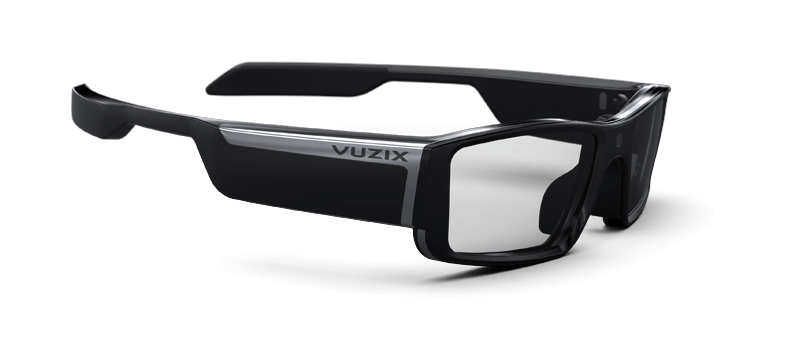
(Source: vuzix.com)
This company has been producing Google Glass-like devices for a while, but they’ve just recently come out with the advanced version of their product.
The AR3000s may be larger than most frames, but they house an impressive processor, running Android 6.0.
There are two cameras front and center between your eyes, but also noise-cancelling microphones, speakers and touch controls on the side.
Connectivity includes Bluetooth and Wifi, but also HDMI. It will display 3D images as will as anything you would present on a normal screen.
These bad boys are large, awkward, but they are only one or two generations from a more marketable version.
Shima Glasses
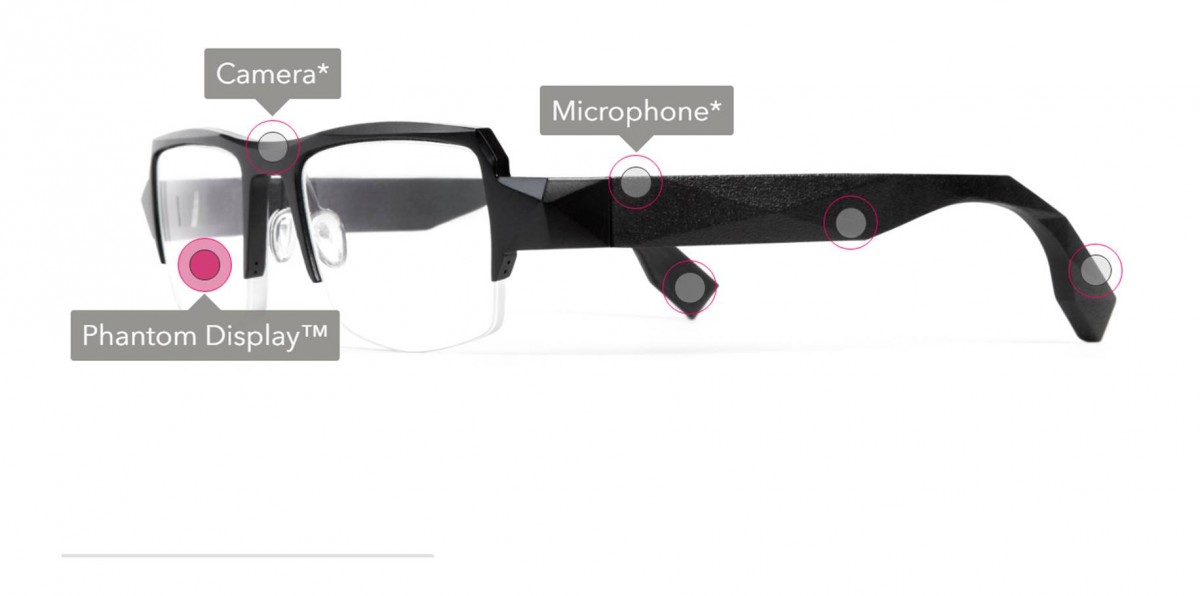
(Source: snapmunk.com)
We covered the Shima lenses, by LaForge Optical, back in September. They remain our favorite HUD at this point, as they look like a normal pair of specs.
The display technology is not as advanced as the Vuzix, but the form factor of the frames is more realistic for everyday use.
Shima’s HUD works via small chip buried in the lens. It will display basic information at this point, but nobody would know it since these are stealthy.
If LaForge can upgrade that display on version 2.0, then it’s game over for everybody else. Shima also includes a stealthy camera between your eyes.
Vufine
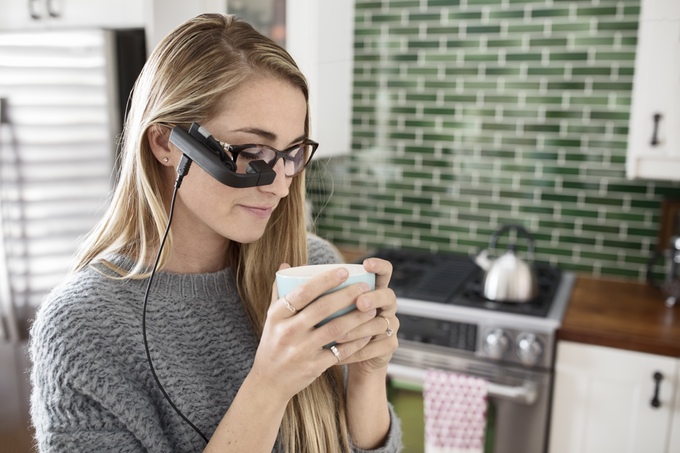
(Source: kickstarter.com)
Next to Vuzix, Vufine (what’s with all the V’s?) appears one step behind.
We just covered Vufine’s device. Their flagship product, now crowdfunding, is close to what Vuzix already produced in their last germination HUD.
There appears to be a market for HUDs, as they’ve raised almost 100% of their campaign goals with 18 days left on the clock. What Vufine offers that Google Glass could not, is affordability and quality.
Glass, which never made it to the open market, sold for $1500 to developers. Vufine will go for just under $500.
Sociological Impacts
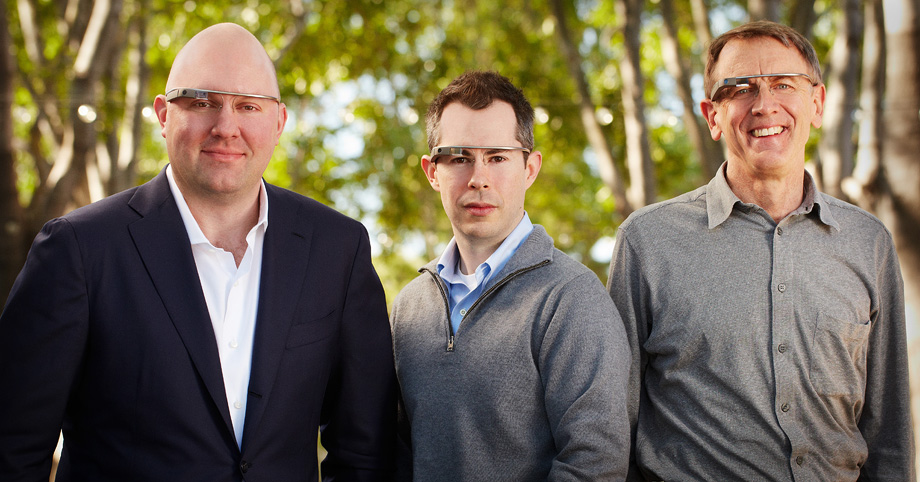
(Source: wired.com)
If you’re not a fan of the hordes walking around with their respective faces in their phones, imagine what it will be like when they are looking up, but still lost in data?
You may assume someone with his face pointed downward is a hazard. The man walking with his face up, looking around, may still walk into you.
Future HUD will allow us to project whatever we want over our view. Hopefully that will include a warning for imminent collisions.
The input to our brains could (will likely?) overload our already taxed processors. By then we will operate self-driving cars, so no problem on the road, but what about our sidewalks?
What about our socialization dynamics? Things could get awful creepy around here.
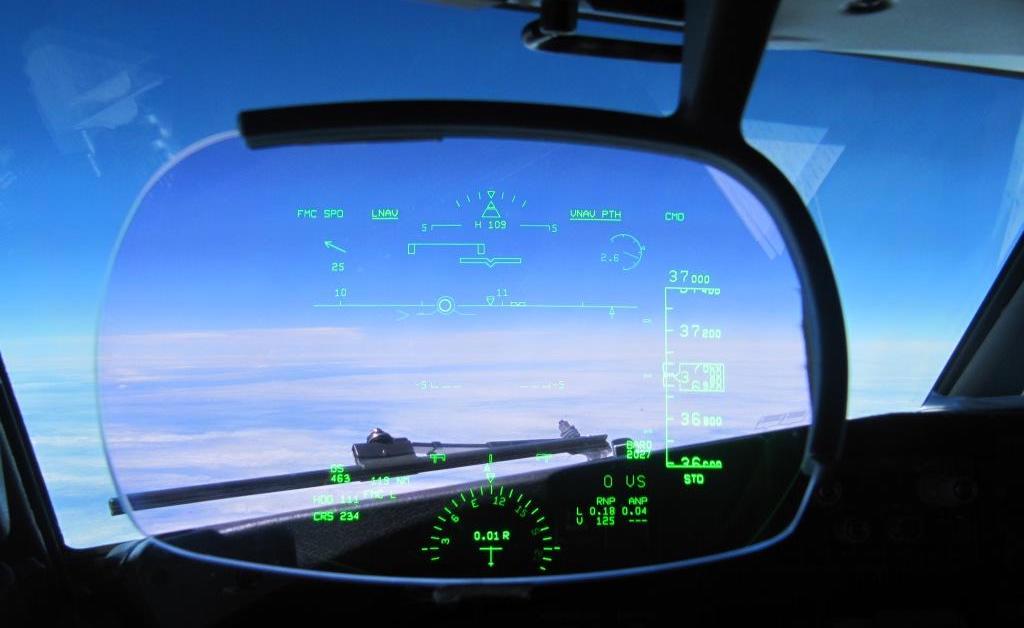
(Source: thepilotsblog.com)
So, how soon? Well, they are already here. Pilots have used them for years.
The three examples above are proof that people on the ground will too. We estimate that in as few as five years these will enter the mainstream in glasses, goggles or windshield forms.
It will be few more before anyone nails the contact lens HUD, but it’s happening. Get ready.